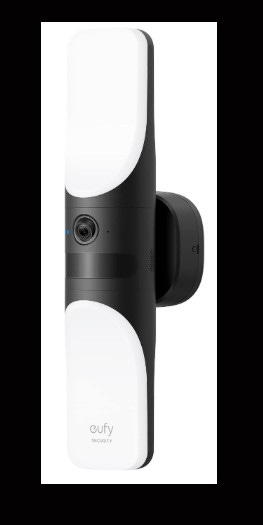Wi-Fi and privacy: The value exchange that retailers must master

Google Maps Timeline is watching your moves. If you’re using GPS systems or shared Wi-Fi, expect Google to be calculating your city visits, your suburban visits, how many miles you walked, how many miles you drive and what stores you visited. If you think this is invasive, you’re not wrong. But if you turned on this app notification, Google Maps is not wrong.
There are some perks, including Google being able to provide restaurant recommendations and suggestions for a faster commute. Is that enough of a reason to leave this account level-setting on? For some it is, and for some, it simply is not. And this is the kind of dilemma that stores have, too, when they want extra information about location history and customer shopping preferences. How do you keep a consumer from turning their notifications off or giving your mobile apps a chance?
The Generational Gap With Consumer Privacy
In the Baby Boomer and Generation X world of White Pages and Yellow Pages, it’s not like information on mailing addresses and phone numbers were private. Even paying for an unlisted number still leads to suspicious calls. Religious groups still knocked on strangers’ doors. Door-to-door salesmen still popped up on the other end of peepholes. But there was still that layer of privacy when consumers’ doors were closed. No one knew who they were inside of their homes or even when they went inside a store. They could shop quietly and without the worry of being monitored.
ADVERTISEMENT ~ Amazon
As an Amazon Affiliate, I earn a percentage for each purchase with my referral links.

Nowadays as soon as consumers walk into a mall, a mobile alarm sounds to ask them if they want to share the mall WiFi. Stroll into a department store such as Kohl’s, and they may get an offer to use the department store Wi-Fi instead. But when this information pops up, it very rarely tells consumers what they get out of it.
So they ignore the Wi-Fi suggestions and choose to keep using their own mobile networks. Google is probably still watching them, but the stores aren’t supposed to. That is, unless the store doesn’t have some kind of deal with third-party providers that are also tracking consumers’ phones.
And that’s part of the problem, specifically for older customers who are not used to this level of digital monitoring. But for Millennials and Generation Zers, it’s a little more complicated.
With a willingness to share consumer habits, neither group likes to be tricked into it. Customers need to shop and may appreciate the product suggestions. And who doesn’t want a good discount or money-off options for sharing their information? Consumers have to choose between bargains, product value and sharing their info to get it. So if companies already know there are privacy concerns, regardless of the value exchange they’ll get, how can they do a better job of improving the business-to-consumer relationships?
Overcoming Data Privacy Concerns Versus Collecting Consumer Data
The first step that retailers need to learn is how to make data collection important to the user. A bed that collects sleep data may be worth it if it can lead to less snoring and more comfort while sleeping. A security device that monitors a consumer’s home whereabouts is necessary to get a handle on residential package theft. Free store Wi-Fi may make more sense for scanning products, looking for similar items on a consumer’s wish list, checking prices and even searching for parking spots in the mall lot. Then there are the calculated points to get free items and money-off coupons.
However, the consumer should always know what they’re giving up in return. If the same company that sells anti-snoring beds gives that information to a sleep apnea medication manufacturer, the customer should know that, too. If the security device company sells a consumer’s whereabouts to restaurants so they can send unsolicited brochures in the mail, that should be known, too. If the free Wi-Fi in a mall is tracking consumers to find out which stores are getting their business more, customers should be all-in on letting each store know who is best. And the list goes on.
The Takeaway
Businesses need to understand their customers. It’s a waste of time and money to try to market products to a customer who is not interested. It makes more sense to fully understand the demographics that are visiting their retail websites and brick-and-mortar stores. But just as they want more information, so does the customer. If both can mutually make a deal with each other for a value exchange, consumers may be less likely to be suspicious of a retailer’s intentions. If not, there will usually be pushback.
(Note: This post was originally published as an Upwork freelancer for RETHINK Retail. Some quotes have been removed from the original post.)
Did you enjoy this post? You’re also welcome to check out my Substack columns “Black Girl In a Doggone World,” “BlackTechLogy,” “Homegrown Tales,” “I Do See Color,” “One Black Woman’s Vote” and “Window Shopping” too. Subscribe to this newsletter for the monthly post on the third Thursday.
If you’re not ready to subscribe but want to support my writing, you’re welcome to tip me for this post! I’ll buy a dark hot chocolate on you. Thanks for reading!




